About PLITCH
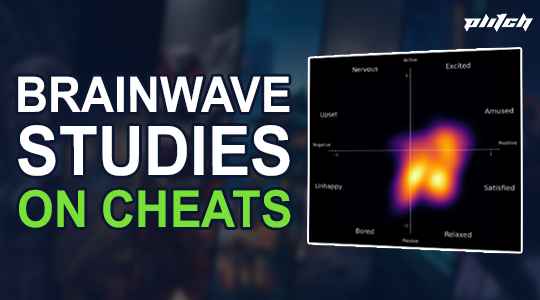
Brainwave Studies Show That Cheats Make Games More Fun
Science shows cheats improve gaming! Studies by PLITCH and Brainamics reveal that cheats make single-player games more exciting and stress-free.
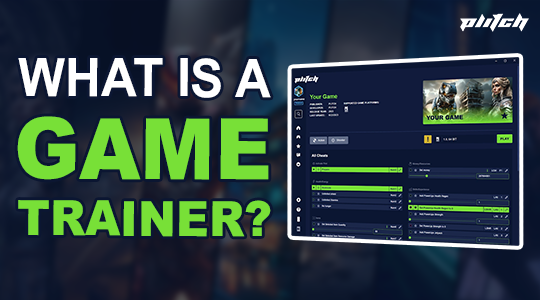
Game Trainer 101: Fair, Fun, and Flexible
If you’re tired of grinding or stuck on a tough boss, a game trainer can be a powerful tool. But what exactly are they? Let’s look into that!
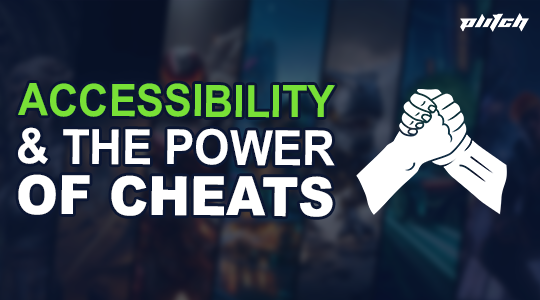
PLITCH, Accessibility, and the Power of Cheats
This blog explores how PLITCH aims to make games more accessible, featuring an interview with a community member about the impact of cheats.

Change the Way You Play with PLITCH! | Finish Your Games 3x Faster
What is PLITCH? How can it improve your gaming experience? How does it work and why should you use it? Find the answers here!
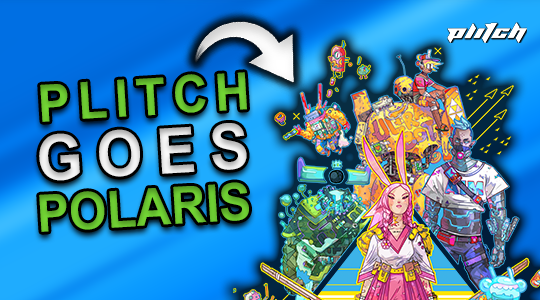
PLITCH at the POLARIS Convention 2022
PLITCH was part of the first POLARIS convention in Germany. This “playable amusement park” had everything we could wish for. Here’s a recap!
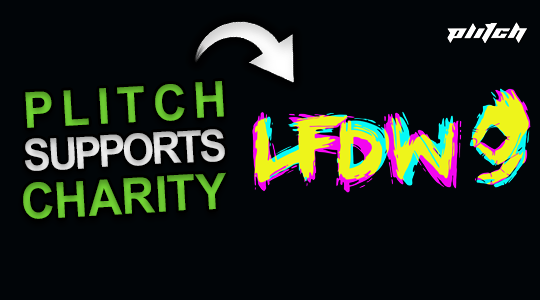
PLITCH supports the German charity event “Loot für die Welt 9”
PLITCH not only sponsored the German charity event Loot für die Welt 9 but created a special LFDW Game Mode for Dying Light 2! Here’s a recap!